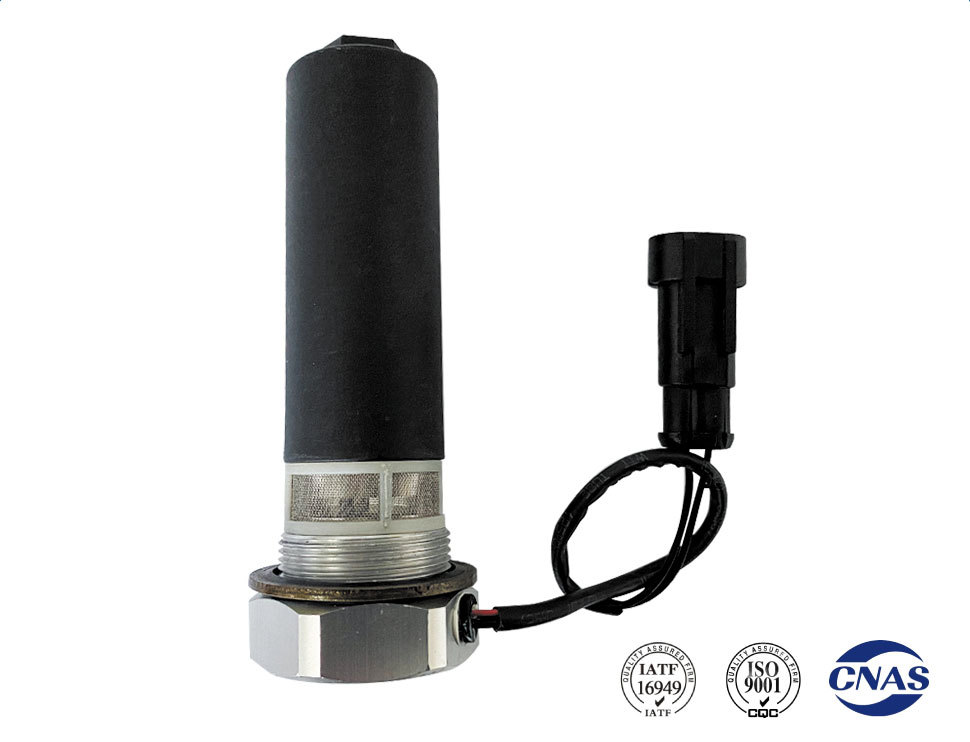Maximize Your Savings with Affordable Commercial Vehicle Drainage Valves
Release time:
Mar 23,2025
In the world of commercial vehicles, **drainage valves** play a critical role in maintaining efficient operations. These components are essential for managing the flow of fluids within the braking systems and other hydraulic systems. As the demand for high-performance vehicles grows, so does the need for **affordable** yet reliable drainage valves. This article aims to provide a detailed overview of how investing in cost-effective drainage valves can lead to significant savings and improved vehicle efficiency.
Importance of Drainage Valves in Commercial Vehicles
Drainage valves are crucial for ensuring that excess fluids, such as water or oil, are effectively removed from the system. This prevention helps avoid contamination and potential malfunctions in the braking and hydraulic systems. Moreover, proper drainage enhances the overall **safety and reliability** of commercial vehicle drainage. When these valves function optimally, they reduce the risk of breakdowns, which can lead to costly repairs and downtime.

Safety and Performance
The safety of drivers and cargo is paramount in the commercial vehicle industry. Efficient drainage valves contribute to better performance by preventing hydraulic fluid contamination, which can compromise braking efficiency. In addition, reliable drainage systems minimize the risk of accidents caused by brake failure.
Environmental Impact
Proper fluid management not only enhances vehicle performance but also lessens the environmental impact. By preventing leaks and spills, commercial vehicle operators can ensure compliance with environmental regulations, ultimately contributing to a greener economy.
Types of Affordable Commercial Vehicle Drainage Valves
Understanding the different types of drainage valves available on the market can help you make informed decisions. Here we outline some common types of drainage valves used in commercial vehicles:
1. Manual Drainage Valves
Manual drainage valves are operated by hand. They allow operators to control the flow of fluids directly, providing a straightforward solution for small to mid-sized fleets.
2. Automatic Drainage Valves
Automatic drainage valves are designed to open and close based on the fluid level within the system. This type reduces the need for manual intervention and enhances efficiency, making them a favorable choice for larger fleets.
3. Pneumatic Drainage Valves
Pneumatic valves utilize compressed air to control fluid flow. They offer fast operation and are ideal for high-demand applications, where quick response times are crucial.
4. Electric Drainage Valves
Electric drainage valves operate using electrical signals and are often integrated into the vehicle's monitoring systems. These valves provide precision control and can be monitored remotely.
5. Float Drainage Valves
Float valves operate based on the buoyancy principle. They activate as the fluid level rises, providing consistent drainage without manual operation.
Benefits of Using Affordable Drainage Valves
Investing in **affordable drainage valves** offers several benefits that contribute to the overall efficiency and cost-effectiveness of your fleet.
1. Cost-Effectiveness
Affordable drainage valves provide high-quality performance without overwhelming costs. By selecting the right valves, you can optimize your fleet's operational budget while ensuring reliability.
2. Enhanced Reliability
Reliable drainage valves reduce the chances of system failures. When vehicles operate smoothly, you minimize the risk of accidents and enhance safety for drivers and cargo.
3. Improved Maintenance Scheduling
Affordable drainage valves often require less frequent maintenance due to their durability. This trait allows fleet operators to allocate resources more efficiently and focus on other critical areas of vehicle upkeep.
4. Increased Resale Value
Vehicles equipped with reliable drainage systems can attract better resale values. Buyers are often willing to pay more for well-maintained vehicles that have demonstrated efficient performance.
5. Better Fuel Efficiency
A well-maintained drainage system can lead to improved fuel efficiency. By preventing fluid contamination and ensuring optimal hydraulic performance, vehicles can operate more efficiently, resulting in lower fuel consumption.
Choosing the Right Drainage Valve for Your Fleet
Selecting the right drainage valve is crucial to maximizing savings and ensuring vehicle performance. Here are some key factors to consider:
1. Vehicle Specifications
Understand the specifications of your commercial vehicles, including hydraulic systems and braking mechanisms. This knowledge will help you choose a compatible drainage valve.
2. Fluid Type
Different fluids may require specific valve types. For instance, oil-based fluids might necessitate more robust materials compared to water-based fluids.
3. Operating Conditions
Consider the operating conditions of your vehicles. If your fleet operates in harsh environments, you may need valves designed to withstand extreme temperatures and corrosive substances.
4. Flow Rate Requirements
Evaluate the flow rate requirements for your vehicles. Choosing a valve with the right flow rate is essential for maintaining efficient hydraulic operations.
5. Budget Constraints
While affordability is important, be cautious of valves that appear too inexpensive. Focus on finding a balance between cost and quality to ensure long-term performance.
Maintenance Tips for Longevity
Regular maintenance is essential to prolong the life of drainage valves. Here are some practical maintenance tips:
1. Regular Inspections
Conduct regular inspections of drainage valves to identify any signs of wear or damage. Early detection can prevent more significant issues down the line.
2. Clean the Valves
Ensure valves are clean and free of debris. Contaminants can affect performance, leading to potential failures.
3. Lubrication
For manual and pneumatic valves, ensure proper lubrication to maintain smooth operation. Follow the manufacturer's recommendations regarding the type and frequency of lubrication.
4. Replace Worn Parts
Replace any worn or damaged components promptly. This practice minimizes the risk of system failures and enhances overall reliability.
5. Keep Records
Maintain records of inspections and maintenance activities. This will help you track the health of your valves and plan for future maintenance needs.
Cost-Saving Strategies with Drainage Valves
Incorporating drainage valves into your fleet management strategy can lead to substantial savings. Here are some strategies to maximize those savings:
1. Bulk Purchasing
Consider purchasing drainage valves in bulk to take advantage of discounts. This approach can significantly reduce costs per unit.
2. Regular Training
Train your maintenance personnel on proper valve maintenance and inspection techniques. Well-informed staff can identify potential issues early, preventing costly repairs.
3. Implement a Maintenance Schedule
Establish a regular maintenance schedule for your drainage valves. Proactive maintenance minimizes downtime and can extend the life of your valves.
4. Seek Professional Help
When in doubt, consult with professionals in the industry. They can provide insights on the best practices and products that could enhance your fleet's efficiency.
Investing in affordable commercial vehicle drainage valves is not just a cost-saving decision; it is a step towards enhancing the overall efficiency and reliability of your fleet. By understanding the importance of these valves, exploring the various types available, and implementing proper maintenance strategies, fleet operators can maximize their savings while ensuring the safety and performance of their vehicles. Remember, the key to long-term success lies in making informed choices and prioritizing quality without compromising affordability.
Related Blog
Share




